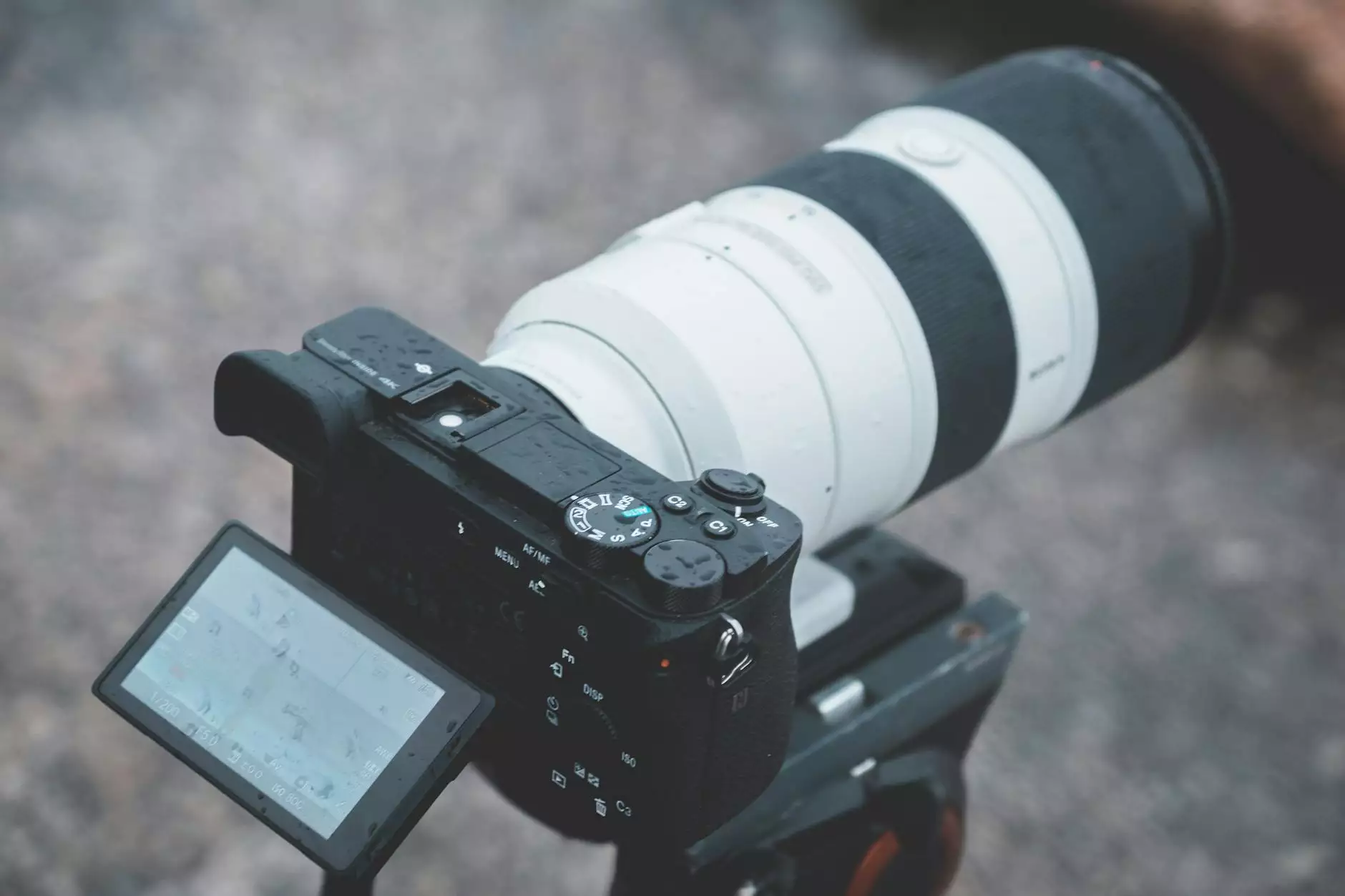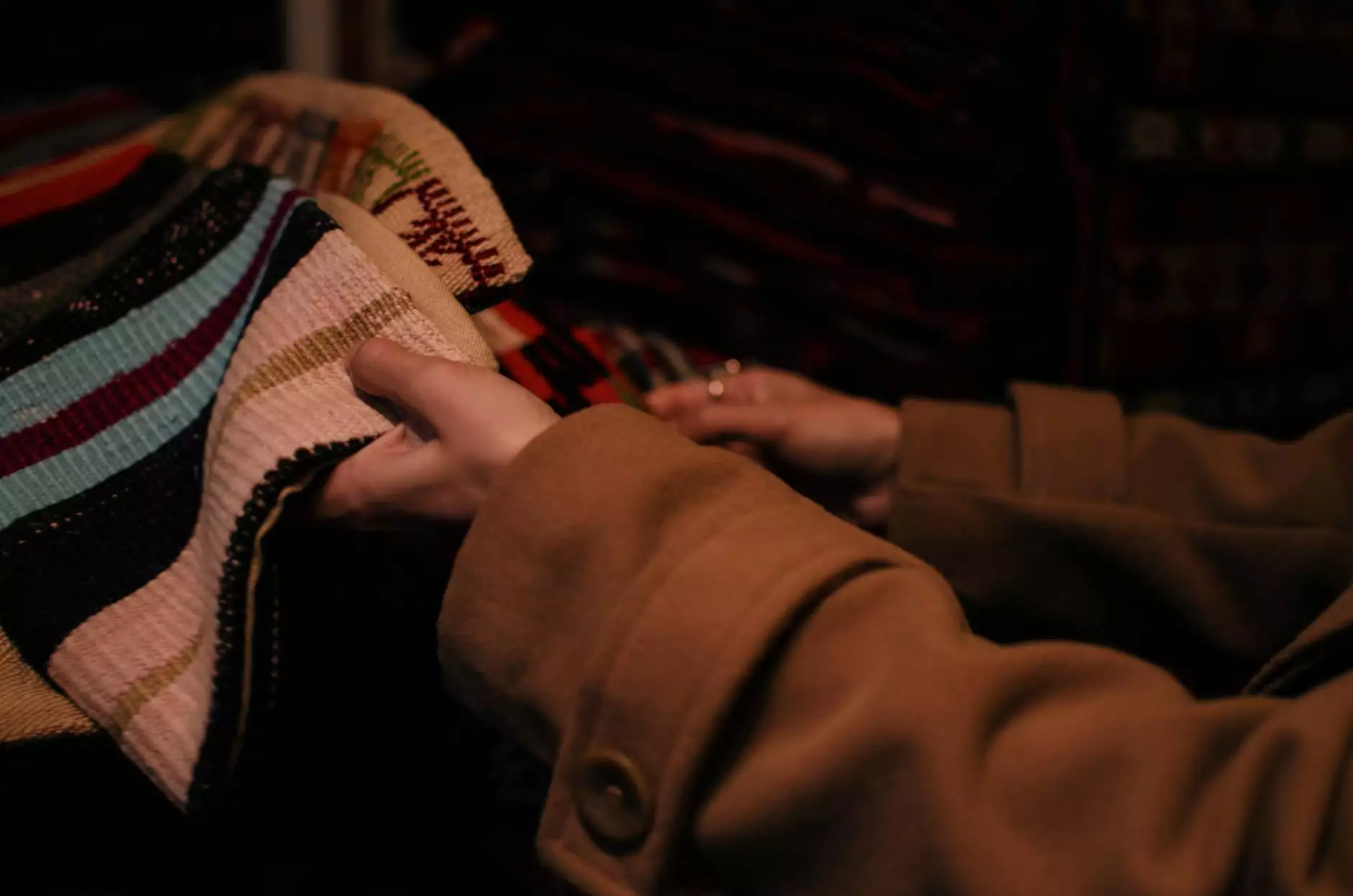The Different Types of Bookbinding - Alexander's
Blogs
Introduction to Bookbinding
Bookbinding is an ancient craft that involves the art of creating books by hand. Throughout history, bookbinding techniques have evolved, resulting in various styles and methods that have shaped the way we produce, preserve, and appreciate books.
The Importance of Bookbinding
Bookbinding is not only about the physical act of joining pages together, but it is also a way to protect, present, and showcase the content within. Proper bookbinding ensures the longevity and durability of books, making them cherished objects that can be passed down through generations.
Types of Bookbinding Techniques
1. Perfect Binding
Perfect binding is one of the most common bookbinding techniques used today. It involves gluing individual pages together at the spine, creating a sleek and professional look. This method is commonly seen in paperback books and magazines, as it allows for efficient mass production.
2. Case Binding
Case binding, also known as hardcover binding, is a durable and luxurious bookbinding technique frequently used for high-quality books. It involves sewing together the pages before attaching them to a sturdy cover. The cover is often made from fabric, leather, or high-quality paper, providing excellent protection and aesthetic appeal.
3. Spiral Binding
Spiral binding is a versatile technique that involves attaching a metal or plastic coil to hold the pages together. This binding style allows for easy page flipping and lays flat when opened, making it ideal for notebooks, calendars, and other reference materials.
4. Japanese Stab Binding
Japanese stab binding is a traditional bookbinding method originating from Japan. It involves sewing the pages together with decorative thread patterns exposed on the spine. This technique creates a visually appealing and unique look, often used for art books, journals, and photo albums.
5. Coptic Binding
Coptic binding is an ancient technique that dates back to the second century. It involves sewing individual pages together through exposed stitches on the spine. This method allows the book to lay flat when opened, making it popular among artists and those who appreciate handmade books.
6. Saddle Stitching
Saddle stitching is a simple yet effective binding method commonly used for booklets, brochures, and magazines with a relatively low page count. It involves folding the pages in half and stapling them along the center fold, creating a secure binding.
7. Wire-O Binding
Wire-O binding, also known as twin loop binding, utilizes a metal wire that is threaded through punched holes along the spine of the book. This technique provides durability and flexibility, allowing the book to lay flat when opened. It is often seen in notebooks, manuals, and presentations.
Choosing the Right Bookbinding Technique
When deciding on the best bookbinding technique for your project, several factors come into play, such as the purpose of the book, budget, desired aesthetic, and page count. Each binding method offers unique benefits and characteristics that can enhance the overall reading experience and visual appeal of your book.
Trust Alexander's for High-Quality Bookbinding Services
As a leading provider of SEO services in Utah, Alexander's is proud to offer top-notch bookbinding expertise. With our attention to detail, craftsmanship, and commitment to customer satisfaction, we can help bring your vision to life. Whether you need perfect binding for your upcoming novel or a custom case binding for a special edition book, our experienced team is here to deliver exceptional results.
Contact us today to discuss your bookbinding needs and discover how Alexander's can help elevate your project to new heights.
© 2022 Utah SEO Expert - Business and Consumer Services










